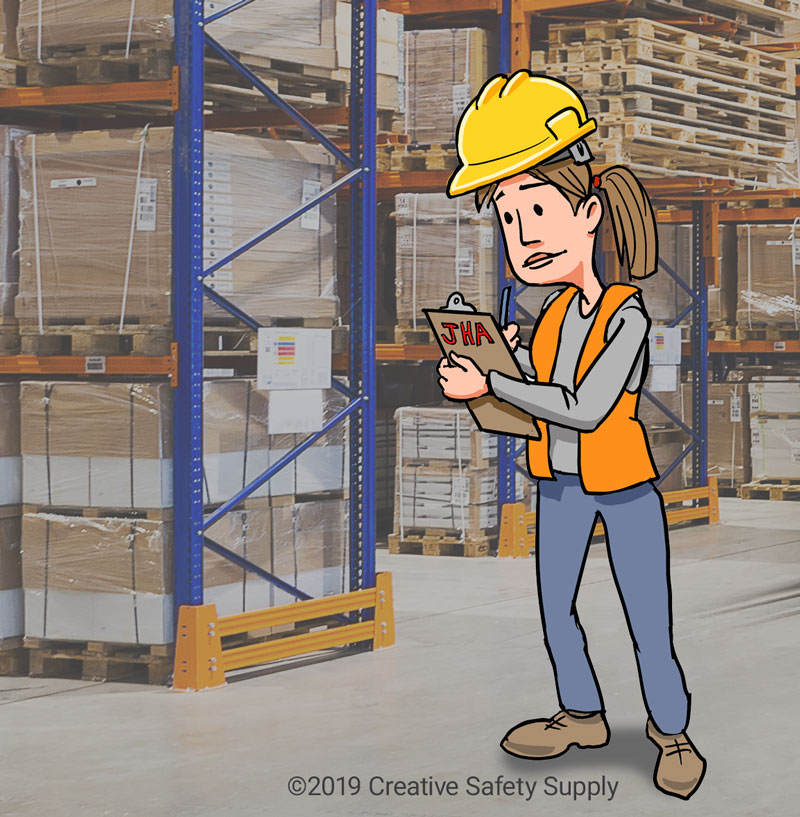
One of the best ways to identify and remedy safety risks in the workplace is through performing a job safety analysis. A job safety analysis, sometimes called a job hazard analysis or a job hazard breakdown, is a pretty self-explanatory term. It is a review of a job in the facility to help identify safety hazards. A job hazard analysis is actually an OSHA requirement in many industries such as the oil and gas industry.

Rather than performing a job safety analysis on a department, it will be important to perform a JSA on a specific task or a particular job; the more specific, the better! The goal of a safety analysis is to look at the relationship between the work environment, the tools or equipment, the worker, and the task. Any findings should be used to implement best practices and improve the safety of the workplace. A job safety analysis is usually conducted through a series of steps to look at the task, identify any hazards, propose and implement a solution, and check again.
When identifying hazards in the workplace, a job safety analysis breaks it down into two different types: hazards to health and hazards to safety. From there, hazard groups are broken down into three different hazard groups based on the hazard at hand. Even further, a JSA looks at hazard families, hazard criteria, and mechanism of injury to identify and assess the hazard.
After completing a JSA properly, you will have identified potential hazards and propose potential ways to eliminate them. When dealing with hazards, remember the Hierarchy of Hazard Controls. Start by trying to completely eliminate and physically remove the hazard, replace the hazard, and implement controls to address the risk.
Additional Job Safety facts:
- A job safety analysis (JSA) is a procedure that helps integrate accepted safety and health principles and practices into a particular task or job operation. The goal of a JSA is to identify potential hazards of a specific role and recommend procedures to control or prevent these hazards. Source: https://en.wikipedia.org/wiki/Job_safety_analysis
- A JSA consists of four basic steps: selecting the job to be analyzed, breaking the job down into a sequence of steps, identifying the hazards associated with each step, and determining preventive measures to overcome the hazards. Source: https://www.osha.gov/sites/default/files/publications/osha3071.pdf
- A JSA can benefit both employers and employees by improving workplace safety and health, reducing injuries and illnesses, enhancing communication and training, and complying with OSHA standards and regulations. Source: https://www.ehs.harvard.edu/programs/job-safety-analysis-jsa
- A JSA should be conducted by a team that includes the workers who perform the job, their supervisors, and any safety and health professionals. The team should review the JSA periodically and update it whenever there are changes in the job, equipment, or work environment. Source: https://www.osha.gov/sites/default/files/publications/osha3071.pdf
- A JSA can be documented using a simple form that lists the job steps, hazards, and controls. An example of a JSA form can be found here. Source: https://www.ehs.harvard.edu/programs/job-safety-analysis-jsa
Similar Questions
- What is the difference between a job safety analysis (JSA) and a risk assessment?
- What is the hierarchy of hazards?
- What does JSA stand for?
- What is composite risk management (CRM)?
- What is the role of PPE in workplace safety?
- What are hazard controls?
- What is a JHA?
- What are occupational health hazards?
- What does CCP stand for?


